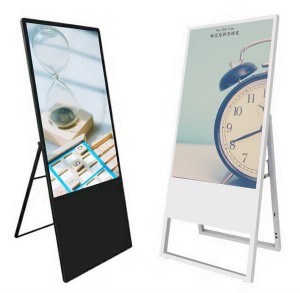Top 10 Misunderstandings to Avoid in Digital Signage Network Deployment
Deploying a signage network may sound easy, but the range of hardware and the never-ending list of software vendors may be difficult for first-time researchers to fully digest in a short period of time.
No automatic updates
If the digital signage software can’t be updated automatically, it will bring some destructive effects. Not only the software, but also make sure that the media box has a mechanism to provide access to the software vendor for automatic updates. Assuming that the software must be manually updated in 100 displays at multiple locations, this would be a nightmare without automatic update function.
Choose a cheaper Android media box
In some cases, cheaper may mean higher costs in the future. Always check with the software vendor for the hardware to be purchased, and vice versa.
Consider scalability
Not all signage platforms provide scalable solutions. It is easy to manage several displays with any CMS, but there are few smart processes that can effectively manage the content in 1,000 displays. If the signage software is not selected correctly, it may consume a lot of time and effort.
Build and forget the network
Content is the most important. Regularly updating attractive creatives is critical to the successful return on investment of the signage network. It is best to choose a Signage signage platform that provides free applications that can update content on its own, such as social media applications, Web URLs, RSS feeds, streaming media, TV, etc., because the content can remain fresh even if it is not regularly updated.
Remote control display switch
Using the remote control requires very few displays to be turned on. If you are not going to manually turn on the display every morning or when the power is off, you should avoid this situation. If you are buying a commercial display, you don’t need to worry about this. In addition, if consumer displays are used for signage purposes, the hardware warranty is invalid.
First select the hardware, then select the software
For a new installation, it is best to determine the software first, and then proceed to the hardware selection, because most software vendors will guide you to choose the right hardware.
Prerequisites for the use of each equipment
Choosing cloud-based software will provide you with the flexibility to pay instead of paying upfront. Unless you need to comply with government regulations or compliance, internal deployment is not essential. In any case, you prefer internal deployment and thoroughly try the trial version of the software before proceeding.
Just look for a CMS instead of a healthy signage platform
Choose a signage platform rather than just a CMS. Because the platform provides CMS, device management and control, and content creation, this is useful for most signage networks.
Choose a media box without RTC
If you must use proof of proof to run a digital signage business, please choose hardware with RTC (Real Time Clock). This will ensure that POP reports are generated even when offline, because the media box can also provide time without internet. Another added advantage of RTC is that the plan will also run offline.
Has all functions but ignores stability
Finally, the stability of the signage network is the most important aspect, and none of these aspects is irrelevant. Hardware and more software play an important role in determining this. Check software reviews, test thoroughly and make corresponding decisions.
